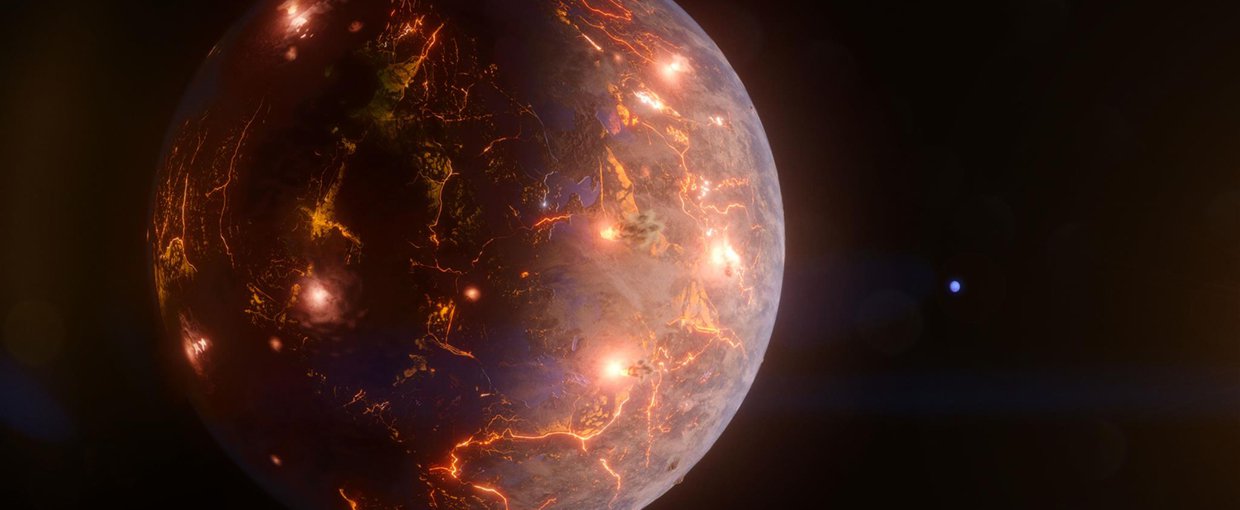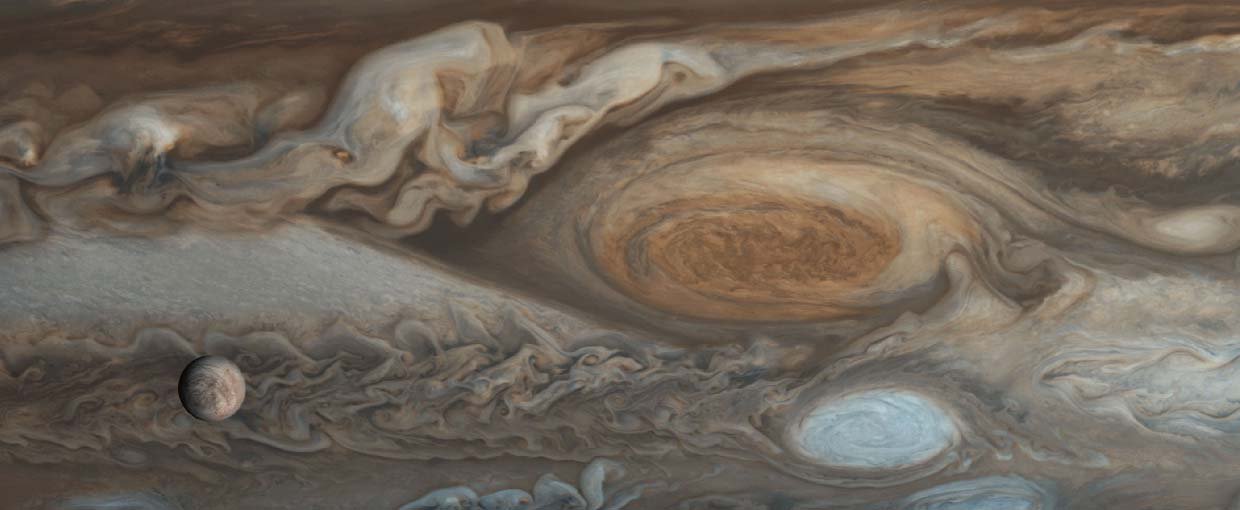Hamilton, T. L., Lange, R. K., Boyd, E. S., & Peters, J. W. (2011). Environmental Microbiology, 13(8), 2204–2215. doi:10.1111/j.1462-2920.2011.02475.x
Johnson, P. V., Hodyss, R., Bolser, D. K., Bhartia, R., Lane, A. L., & Kanik, I. (2011). Astrobiology, 11(2), 151–156. doi:10.1089/ast.2010.0568
Kotler, J. M., Quinn, R. C., Foing, B. H., Martins, Z., & Ehrenfreund, P. (2011). International Journal of Astrobiology, 10(03), 221–229. doi:10.1017/s1473550411000103
Loveland-Curtze, J., Miteva, V. I., & Brenchley, J. E. (2011). Canadian Journal of Microbiology, 57(3), 250–255. doi:10.1139/w10-121
Meyer-Dombard, D. A. R., Swingley, W., Raymond, J., Havig, J., Shock, E. L., & Summons, R. E. (2011). Environmental Microbiology, 13(8), 2216–2231. doi:10.1111/j.1462-2920.2011.02476.x
Moreno-Letelier, A., Olmedo, G., Eguiarte, L. E., Martinez-Castilla, L., & Souza, V. (2011). International Journal of Evolutionary Biology, 2011(None), 1–10. doi:10.4061/2011/781642
Oduro, H., Kamyshny, A., Guo, W., & Farquhar, J. (2011). Marine Chemistry, 124(1-4), 78–89. doi:10.1016/j.marchem.2010.12.004
Parikh, S. J., Kubicki, J. D., Jonsson, C. M., Jonsson, C. L., Hazen, R. M., Sverjensky, D. A., & Sparks, D. L. (2011). Langmuir, 27(5), 1778–1787. doi:10.1021/la103826p
Seelig, B. (2011). Nature Protocols, 6(4), 540–552. doi:10.1038/nprot.2011.312
Subramanian, N., Goncharov, A. F., Struzhkin, V. V., Somayazulu, M., & Hemley, R. J. (2011). Proceedings of the National Academy of Sciences, 108(15), 6014–6019. doi:10.1073/pnas.1102760108



